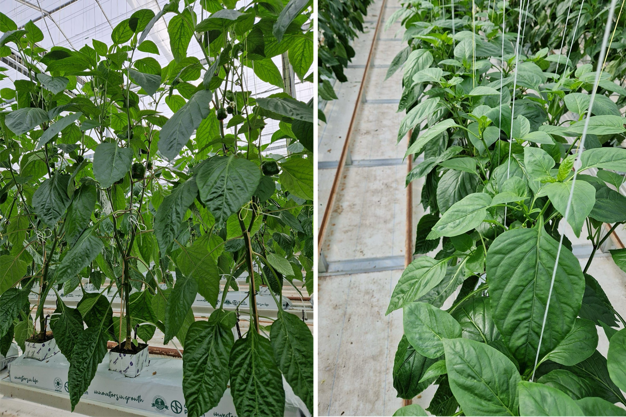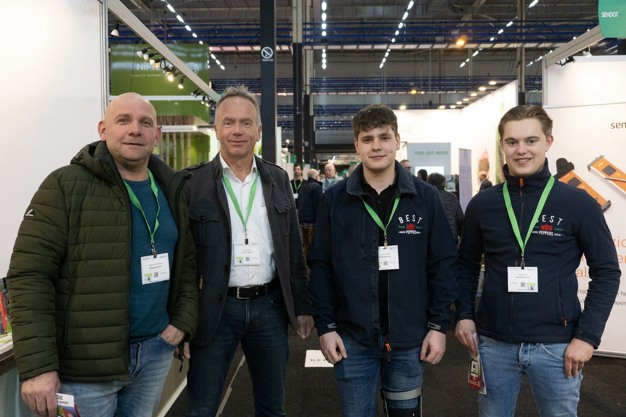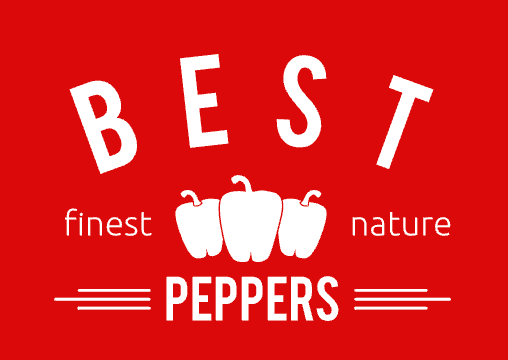At BestPeppers, root problems in pepper cultivation were still manageable, but partly due to the consequences he observed at fellow growers, Wilfred van den Berg decided to switch to an organic substrate as well. He chose 100% coco substrate from Dutch Plantin. "We dare to grow again," says the owner of nursery BestPeppers.

Running a marathon
"Cultivation can be compared to running a marathon after all. And actually, you don't just want to cross that finish line; you want to finish well," Wilfred says. "In recent years, we saw the root problems in peppers increase, and we started growing more cautiously. Then you cross that finish line, but finish in the middle, or even at the back in terms of yield." Last year, the company conducted a trial with an organic medium. "No failure, a stronger crop, higher fruit weight, and higher final production," he lists. "Now, by totally opting for organic material, coco substrate, we are coming back to the forefront."
Root problems have been troubling the pepper sector in recent years. In his 30-year career as a grower, Wilfred has not seen anything like this before. He himself has not had to clear greenhouses, but the images of colleagues' struggles frightened him. "Even among colleagues with a strong crop. There were some problems on Friday, and after a warm week, they were able to cull two weeks later. If you get it at the wrong time, in the wrong weather conditions, your crop seems to have ended. Without a solution, we would have had to grow something else," he observes soberly. "The risks are too high." Moreover, much is still unclear about where the problems are coming from. "What it is, opinions are divided on that, but the fact is that it is strongly expressed in the Netherlands. At nurseries working with organic material in the US and Canada, they did not see the problems."
Like much of the Dutch pepper sector, and the nurseries working with inorganic material in Canada and the US, he therefore switched to an organic substrate. While many growers opted for a potting soil mixture, Wilfred chose pure coco substrate from Dutch Plantin for his entire 11-hectare nursery. "It is delivered pressed: you put it on the gutter and can get started. You have to loosen and whisk a mixture, and everyone does it slightly differently. Coco substrate has a high uniformity, and that made it easy to start growing," he says. "Moreover, unlike perforated mats, Dutch Plantin allows us to decide where we want the drain hole to be, and that prevents the roots from growing in the gutter." So this year, the whole greenhouse switched to coco substrate, and it's working out fine. The plants are growing well, and the first production is expected in week 14. "It roots in well and is well set, so, so far, we are definitely satisfied," he says.
 Wim Roosen of Dutch Plantin with team Best Peppers: Wilfred van den Berg, Tijn van den Berg and Merijn van Lith
Wim Roosen of Dutch Plantin with team Best Peppers: Wilfred van den Berg, Tijn van den Berg and Merijn van Lith
Cultivation group
Through Wim Roosen of Dutch Plantin, Wilfred is also in a cultivation group with growers working on the same substrate. Every two months, the group meets to share experiences with the new medium—because it is different growing, after all. "It is more steerable. You can more easily go a bit drier and then still get it moist again. With rockwool, a percentage that has been dry is actually lost. You find it difficult to get it moist again. Now we can direct more specifically where the plant needs it."
But much more importantly, as Wilfred puts it, he is daring to grow again. "Last season, we tried to build in safety. We dripped preventively to keep soil life strong, and that is no longer necessary. Now we dare to cultivate more sharply again and focus on top production."
Switching to coco substrate had never actually occurred to Wilfred before the root problems. "It wasn't necessary before. Rockwool has always worked well and is a familiar substrate. Besides, the whole chain is well organized: from gutter to drainage. And it always went well." Because coco substrate was relatively little used in Dutch cultivation until recently, there are even fewer provisions for it. "With the group, we are now also trying, for example, to find a joint disposal for the mats. It's good organic material, so I expect these discussions to come during the season, and for this sector to develop further as more coco substrates are used in Dutch horticulture." Not only that; looking to the future, they are consulting on further developments in coco substrate, including a propagation pot made of pure coco substrate. "So far, we are just very satisfied. The plants are looking beautiful." And so does the grower himself, actually. "We are daring again. We are growing again."
 For more information:
For more information: